Alle Editionen & Generationen im großen Ranking
Das Rennen um den ersten Platz ist eröffnet!
Wir haben die Köpfe zusammengesteckt und darüber gefachsimpelt, wie eine Rangliste aller Haupteditionen-Editionen von Pokémon aussehen sollte. Wirklich schlecht ist keines der Spiele, dennoch sind uns einige RPGs positiver in Erinnerung geblieben als andere.
Update: Dieses Ranking haben wir nun auch mit dem neuesten Teil der Reihe, Schwert und Schild, aktualisiert.
Wie unser Ranking funktioniert: Wir beginnen unser Ranking mit dem «schlechtesten» Teil und kämpfen uns dann weiter vor, bis wir auf Platz Eins den Champ aller Pokémon-Generationen küren.
Statt jedes Spiel einzeln zu bewerten, fassen wir jeweils eine Generation samt Sequels zu einem «Gesamtprodukt» zusammen. Denn sind wir ehrlich: Große Unterscheide gibt es zwischen den Ablegern aus einer Gen nicht.
Disclaimer: Um die Liste persönlicher zu gestalten, haben wir uns dazu entschieden, die vorhandenen GamePro-Wertungen zu ignorieren. Wenn ihr eine andere Reihenfolge der besten Pokémon-Spiele im Kopf habt, dann lasst es uns in den Kommentaren wissen!
Platz 8 — Pokémon Schwarz & Weiß
- Release: 4. März 2011
- Plattform: Nintendo DS
- Pokémon: 649 (156 neue)
- Region: Einall
- Generation: V
Mit den DS-Spielen Pokémon Schwarz und Weiß, die bei uns im März 2011 auf den Markt kamen, stellte sich bei mir zum ersten Mal ein Sättigungsgefühl ein. Viele der 156 neuen Pokémon sagten mir vom Design überhaupt nicht mehr zu und auch die neue Region Einall, bei der sich die Macher an New York City haben inspierieren lassen, wollte mich atmosphärisch diesmal nicht abholen.
Spielerisch bleibt Pokémon Schwarz und Weiß natürlich immer noch Pokémon und sorgte nichtsdestotrotz für einige spaßige Stunden. Vor allem der neue Dreierkampf versprach einige spannende Pokémon-Kämpfe.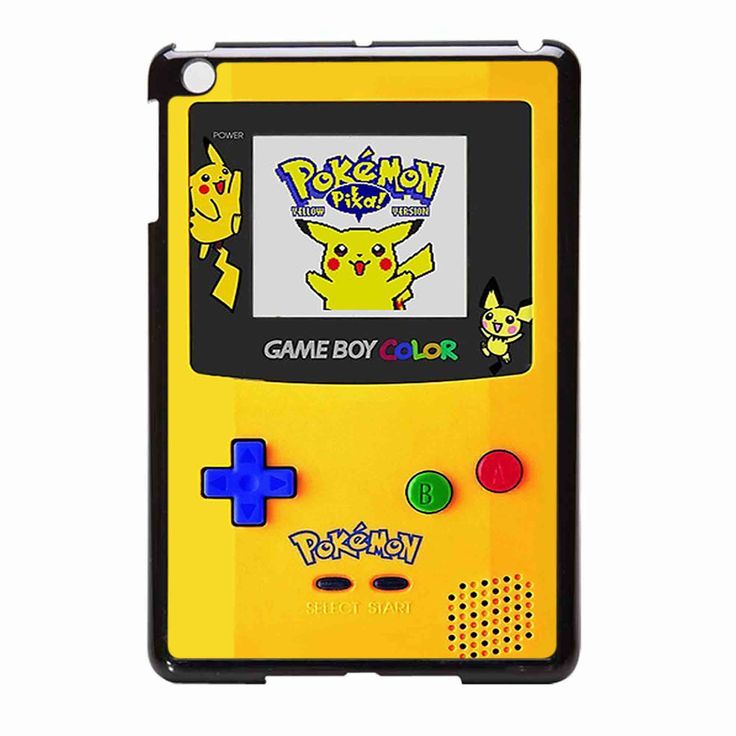
Platz 7 — Pokémon Diamant, Perl & Platin
- Release: 27. Juli 2007 (Diamant und Perl), 22. März 2009 (Platin)
- Plattform: Nintendo DS
- Pokémon: 493 (107 neue)
- Region: Sinnoh
- Generation: IV
Die vierte Pokémon-Generation ließ uns erstmals auf dem Nintendo DS nach den bunten Taschenmonster jagen. Das bedeutete nicht nur ein grafisches Update, sondern auch ein Praktisches: Mit dem Doppelbildschirm des Handhelds haben die Macher die Menüführung in den Kämpfen von Pokémon Diamant, Perl und Platin komplett überarbeitet und ließen uns jetzt auch mithilfe des Stylus Attacken, Items und mehr auswählen.
Mit der Pokémon Watch hatten wir auf dem unteren Bildschirm nun außerdem eine praktische Uhr mit vielen anderen Funktionen, beispielweise einem Taschenrechner.
An der Pokémon-Formel rüttelte das Abenteuer in Sinnoh nicht ganz so eifrig. Spielerischen Neuerungen boten die DS-Ableger nur wenige, zum Beispiel die Tauschbörse, die uns Taschenmonster nun auch online hin- und herschicken ließ. (Linda)
Spielerischen Neuerungen boten die DS-Ableger nur wenige, zum Beispiel die Tauschbörse, die uns Taschenmonster nun auch online hin- und herschicken ließ. (Linda)
Platz 6 — Pokémon Rot, Blau, Gelb & Grün
- Release: 5. Oktober 1999 (Rot und Blau), 16. Juni 2000 (Gelb)
- Plattform: Game Boy
- Pokémon: 151
- Region: Kanto
- Generation: 1
Pokémon Rot, Blau, Gelb und Grün waren die ersten Ableger der Spielreihe und haben die bekannte Spielformel etabliert — wenn auch mit einigen anfänglichen Schwierigkeiten. Obwohl das Spielgefühl schon damals stimmig war, gab es immer wieder Aspekte, die sich eindeutig negativ auf das Gameplay ausgewirkt haben.
Das fingt an mit den unverhältnismäßig starken Psycho-Pokémon, ging über die unansehnlichen Sprites mancher Taschenmonster und reichte bis hin zu dem kryptischen «Spezial»-Wert, der damals noch nicht in Spezial-Angriff und -Verteidigung unterteilt war. Dennoch haben die ersten Pokémon-Titel einen besonderen Platz in den Herzen von Millionen von Spielern.
Dennoch haben die ersten Pokémon-Titel einen besonderen Platz in den Herzen von Millionen von Spielern.
Immerhin gab es für GameBoy kein vergleichbares RPG und kaum Spiele mit einer derart großen, vielfältigen Spielwelt. Zum Glück haben wir mit den Remakes Feuerrot und Blattgrün eine optimierte Version der ersten Gen spendiert bekommen, sodass wir Kanto zeitgemäßer erleben können.
Platz 5 — Pokémon X & Y
- Release: 12. Oktober 2013
- Plattform: Nintendo 3DS
- Pokémon: 721 (72 neue)
- Region: Kalos
- Generation: VI
Die Editionen Pokémon X und Y aus dem Jahr 2013 leiten die sechste Pokémon Generation ein und sind die Nachfolger der Editionen Schwarz und Weiß 2. Pokémon X und Y ist gleichzeitig der erste Serien-Ableger der erstmals für den 3DS veröffentlicht wurde und die Taschenmonster vor allem optisch auf eine neue Stufe hebt — sowohl in den Kämpfen als auch in der Spielwelt selbst.
In frischer 3D-Umgebung streifen wir durch die französisch angehauchte Kalos-Region, um der Allerbeste zu werden. Fangen dürfen wir neben 72 brandneuen Biestern diesmal wieder viele alte Pokémon der ersten Generation, die mich auf dem 3DS nostalgisch gestimmt haben.
Auf der nächsten Seite geht es weiter mit der Top 3 der besten Pokémon-Editionen!
Alle Editionen & Generationen im großen Ranking
Das Rennen um den ersten Platz ist eröffnet!
Wir haben die Köpfe zusammengesteckt und darüber gefachsimpelt, wie eine Rangliste aller Haupteditionen-Editionen von Pokémon aussehen sollte. Wirklich schlecht ist keines der Spiele, dennoch sind uns einige RPGs positiver in Erinnerung geblieben als andere.
Update: Dieses Ranking haben wir nun auch mit dem neuesten Teil der Reihe, Schwert und Schild, aktualisiert.
Wie unser Ranking funktioniert: Wir beginnen unser Ranking mit dem «schlechtesten» Teil und kämpfen uns dann weiter vor, bis wir auf Platz Eins den Champ aller Pokémon-Generationen küren.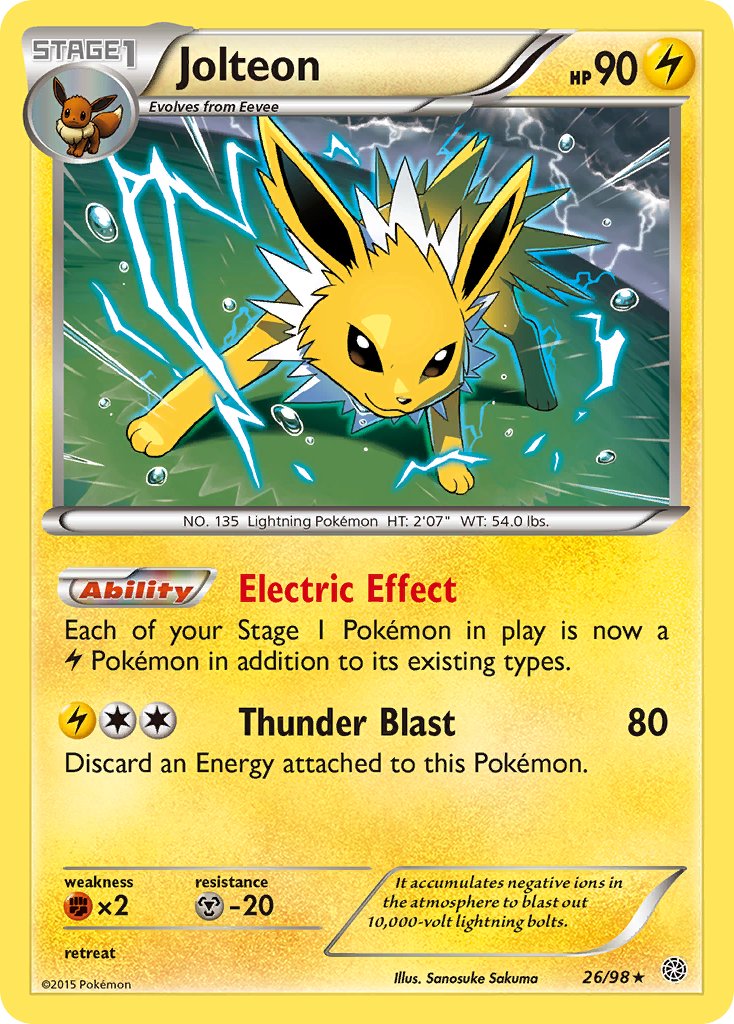
Statt jedes Spiel einzeln zu bewerten, fassen wir jeweils eine Generation samt Sequels zu einem «Gesamtprodukt» zusammen. Denn sind wir ehrlich: Große Unterscheide gibt es zwischen den Ablegern aus einer Gen nicht.
Disclaimer: Um die Liste persönlicher zu gestalten, haben wir uns dazu entschieden, die vorhandenen GamePro-Wertungen zu ignorieren. Wenn ihr eine andere Reihenfolge der besten Pokémon-Spiele im Kopf habt, dann lasst es uns in den Kommentaren wissen!
Platz 8 — Pokémon Schwarz & Weiß
- Release: 4. März 2011
- Plattform: Nintendo DS
- Pokémon: 649 (156 neue)
- Region: Einall
- Generation: V
Mit den DS-Spielen Pokémon Schwarz und Weiß, die bei uns im März 2011 auf den Markt kamen, stellte sich bei mir zum ersten Mal ein Sättigungsgefühl ein. Viele der 156 neuen Pokémon sagten mir vom Design überhaupt nicht mehr zu und auch die neue Region Einall, bei der sich die Macher an New York City haben inspierieren lassen, wollte mich atmosphärisch diesmal nicht abholen.
Spielerisch bleibt Pokémon Schwarz und Weiß natürlich immer noch Pokémon und sorgte nichtsdestotrotz für einige spaßige Stunden. Vor allem der neue Dreierkampf versprach einige spannende Pokémon-Kämpfe.
Platz 7 — Pokémon Diamant, Perl & Platin
- Release: 27. Juli 2007 (Diamant und Perl), 22. März 2009 (Platin)
- Plattform: Nintendo DS
- Pokémon: 493 (107 neue)
- Region: Sinnoh
- Generation: IV
Die vierte Pokémon-Generation ließ uns erstmals auf dem Nintendo DS nach den bunten Taschenmonster jagen. Das bedeutete nicht nur ein grafisches Update, sondern auch ein Praktisches: Mit dem Doppelbildschirm des Handhelds haben die Macher die Menüführung in den Kämpfen von Pokémon Diamant, Perl und Platin komplett überarbeitet und ließen uns jetzt auch mithilfe des Stylus Attacken, Items und mehr auswählen.
Mit der Pokémon Watch hatten wir auf dem unteren Bildschirm nun außerdem eine praktische Uhr mit vielen anderen Funktionen, beispielweise einem Taschenrechner.
An der Pokémon-Formel rüttelte das Abenteuer in Sinnoh nicht ganz so eifrig. Spielerischen Neuerungen boten die DS-Ableger nur wenige, zum Beispiel die Tauschbörse, die uns Taschenmonster nun auch online hin- und herschicken ließ. (Linda)
Platz 6 — Pokémon Rot, Blau, Gelb & Grün
- Release: 5. Oktober 1999 (Rot und Blau), 16. Juni 2000 (Gelb)
- Plattform: Game Boy
- Pokémon: 151
- Region: Kanto
- Generation: 1
Pokémon Rot, Blau, Gelb und Grün waren die ersten Ableger der Spielreihe und haben die bekannte Spielformel etabliert — wenn auch mit einigen anfänglichen Schwierigkeiten. Obwohl das Spielgefühl schon damals stimmig war, gab es immer wieder Aspekte, die sich eindeutig negativ auf das Gameplay ausgewirkt haben.
Das fingt an mit den unverhältnismäßig starken Psycho-Pokémon, ging über die unansehnlichen Sprites mancher Taschenmonster und reichte bis hin zu dem kryptischen «Spezial»-Wert, der damals noch nicht in Spezial-Angriff und -Verteidigung unterteilt war.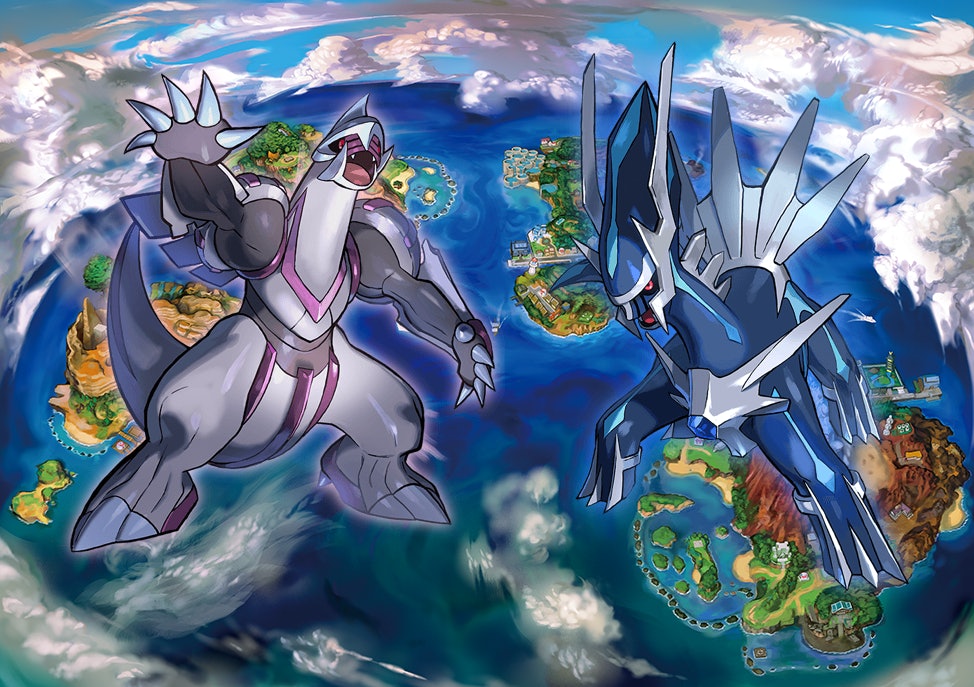 Dennoch haben die ersten Pokémon-Titel einen besonderen Platz in den Herzen von Millionen von Spielern.
Dennoch haben die ersten Pokémon-Titel einen besonderen Platz in den Herzen von Millionen von Spielern.
Immerhin gab es für GameBoy kein vergleichbares RPG und kaum Spiele mit einer derart großen, vielfältigen Spielwelt. Zum Glück haben wir mit den Remakes Feuerrot und Blattgrün eine optimierte Version der ersten Gen spendiert bekommen, sodass wir Kanto zeitgemäßer erleben können.
Platz 5 — Pokémon X & Y
- Release: 12. Oktober 2013
- Plattform: Nintendo 3DS
- Pokémon: 721 (72 neue)
- Region: Kalos
- Generation: VI
Die Editionen Pokémon X und Y aus dem Jahr 2013 leiten die sechste Pokémon Generation ein und sind die Nachfolger der Editionen Schwarz und Weiß 2. Pokémon X und Y ist gleichzeitig der erste Serien-Ableger der erstmals für den 3DS veröffentlicht wurde und die Taschenmonster vor allem optisch auf eine neue Stufe hebt — sowohl in den Kämpfen als auch in der Spielwelt selbst.
In frischer 3D-Umgebung streifen wir durch die französisch angehauchte Kalos-Region, um der Allerbeste zu werden. Fangen dürfen wir neben 72 brandneuen Biestern diesmal wieder viele alte Pokémon der ersten Generation, die mich auf dem 3DS nostalgisch gestimmt haben.
Auf der nächsten Seite geht es weiter mit der Top 3 der besten Pokémon-Editionen!
|
3DNews Games P Pokemon Sword & Shield — collect them in… The most interesting news
An incredibly busy year for the Nintendo Switch ended with one of its biggest releases, Pokemon Sword & Shield. Scandals preceding the release, premature disappointments, angry hashtags on social networks — did the novelty turn out to be unsuccessful? About everything — in the review ⇣ Content
From transferring the series from Nintendo 3DS to Nintendo Switch, you involuntarily expect something impressive — just compare how much Luigi’s Mansion 3 and its predecessor differ in appearance.
⇡#The familiar formula The basic idea remains the same: we play as a teenager watching Pokemon fights on a tablet screen, but suddenly we have the opportunity to prove ourselves and become champions ourselves. By a lucky chance, our friend turns out to be the brother of the current champion, we receive a starter Pokemon as a gift (choosing between fire, water and grass) and with its help we begin to assemble our own team of pocket monsters. The success of the main character does not go unnoticed The ultimate goal is to visit several gyms and defeat the coaches, for which we will receive medals and eventually become jacks of all trades. The region in which the events unfold turned out to be excellent. This is a «Pokemon» version of the UK, where locations similar to Manchester, Liverpool and Edinburgh meet with buildings made in a similar style. They also tried to convey the British love for football, so the battles with the coaches take place in large stadiums to the screams of the fans. These story-based medal battles are probably the best in the history of the series. Dynamic music, the noise of the crowd, applause, spectators rejoicing for the hero, waiting for him at the exit — you look forward to each such episode. Battles in the stadiums are one of the best episodes of the game ⇡#Crowded, but not offended Although it is not quite correct to call the world open — these are locations connected by paths, on which branches will lead either to a dead end or to some secret item like a healing potion. Sword & Shield seems like one of the most linear parts of Pokemon, which is the least you would expect from the series’ transition to a new generation of consoles. So the old-fashioned way consists of walking down narrow paths, occasionally getting distracted by battles with other Pokemon catchers (who don’t know what they’re doing — they only carry two or three monsters with them at all times), and filling up the Pokedex by catching creatures. This time, the developers have come up with a catching system that will appeal equally to longtime fans of the series and newcomers who have only played Pokemon Let’s Go before. Pokémon are mostly found in dense thickets of tall grass, and you can easily see them before entering the battle — useful for understanding if you missed this or that area. At the same time, random skirmishes with Pokemon often occur in the grass — if an exclamation mark appears, you should run in its direction. And in these situations, the monsters come across completely different from those that you see while exploring the world, so the element of surprise does not disappear anywhere. Another, much more important innovation is related to the «wild zone» — a large open location, which is divided into 18 areas. It’s a huge Pokémon-catching area where the weather changes, dozens of unique monsters are found in different thickets of grass, and sometimes strong versions of them come across, the level of which (at least at first) often does not match yours. Sometimes Pokémon run out of the grass and run after the character. The so-called lairs are located in the same area, where players will encounter not just Pokémon, but their Dynamax versions — these are monsters enlarged many times over with the same abilities. But the animations are different: if a small creature throws a fireball, then Dynamax throws a whole meteorite. If it hits the opponent with its palms, then in the giant version, cyclopean fists fall from the sky. Each such fight is reminiscent of another crazy episode from the Dragon Ball anime, with absurd effects, stones flying in different directions and large Pokeballs that the character is forced to throw with both hands. ⇡#And we pay for it Lairs are designed for four players, and when connected to the Network (for some reason the game does not do this automatically, you must first go to a separate menu) you can assemble a team to defeat a dangerous Pokémon. The game has problems with the online component. When connected to the Internet, the «wild zone» is populated by other players with whom you can interact to receive gifts. They are ingredients used at the camp to cook food that temporarily improves Pokémon’s stats. But you forget about the camp after the first outing — somehow it is not really needed, except for a couple of minutes it’s fun to play with your monsters and throw a ball at them. But the frame rate sags a lot due to other people’s characters, plus a bunch of useless notifications appear in the corner of the screen that cannot be turned off. The locations are nice, but the Switch hardware is sure to be capable of more. Another online problem is the overcomplicated process of exchanging Pokémon with friends. Multiplayer in Switch games is often done poorly, but it’s especially noticeable here when you can’t just call a comrade and make a quick barter. You need to choose a four-digit code, the partner must also do this, in this way you will join each other — only there is a possibility that another couple is already using the same code. Why it is impossible to do everything humanly for friends and leave such a system for exchanges with strangers is a mystery. In addition, the connection is not the most stable, and after all, multiplayer is available only with a paid subscription … *** Pokemon Sword & Shield is not a big step forward for the series, but a transitional stage between the previous generation and the new one. It hasn’t gotten rid of its roots, and at times it looks like a HD version of a 3DS game: the graphics are cute in places, and the small textures are terribly stretched in places. Pros:
Disadvantages:
Score: 7 0007 Pokemon Sword & Shield Video:
⇣ Contents
If you notice an error, select it with the mouse and press CTRL+ENTER. Related materials Permanent URL: ⇣ Comments
|
||||||||||||||||||||||||
Pokémon Quest — offline wall-to-wall Pokémon
July 2, 2018Games
Share
0
Pokémon Quest has an unusual «cubic» design that you get used to pretty quickly. The main thing is to immediately understand that this game is not about graphics and epic battles, but about the search for new Pokemon, their development and training. However, first things first.
The main thing is to immediately understand that this game is not about graphics and epic battles, but about the search for new Pokemon, their development and training. However, first things first.
Game Start
At the start, Pokémon Quest will prompt you to choose one of five pocket monsters, which will become your first pet. With him, you have to go to explore uncharted lands inhabited by wild Pokemon.
Each location is a small area that your Pokémon will explore on its own. You don’t need to guide him and show him where to go. In such an expedition, you will have to defeat all the inhabitants you meet. Usually opponents appear in groups, in the last wave there is the largest and most powerful Pokémon.
Expeditions
In battles, normal attacks are applied automatically, but you will use special counterattacks and dodges from the special skills of other pocket monsters. In the case of one Pokémon, this can seem rather boring, but when there are already three creatures in your team, the battles are more fun.
As long as at least one of the three Pokémon remains undefeated in battle, the other two can respawn, they just need time. If you can’t cope with the location on your own, you can try turning on auto-passage, when even skills are applied without your help.
Capturing Pokémon
On expeditions, you will find ingredients for various dishes that are cooked in a special cauldron in your camp. It is these dishes that are the bait for new Pokémon. To finish cooking, you need to go on an expedition as many times as indicated on the cauldron after the start of cooking.
The more difficult the dish in the cauldron, the longer it will take you to explore new lands. In this case, it is not necessary to go through each location. Even if you can’t defeat all the wild Pokémon and lose, the expedition will count.
Cauldrons can be used with a random set of ingredients or strictly according to recipes that will be unlocked gradually. Some of them will allow you to cook a dish for stone Pokémon, others for water ones, and so on.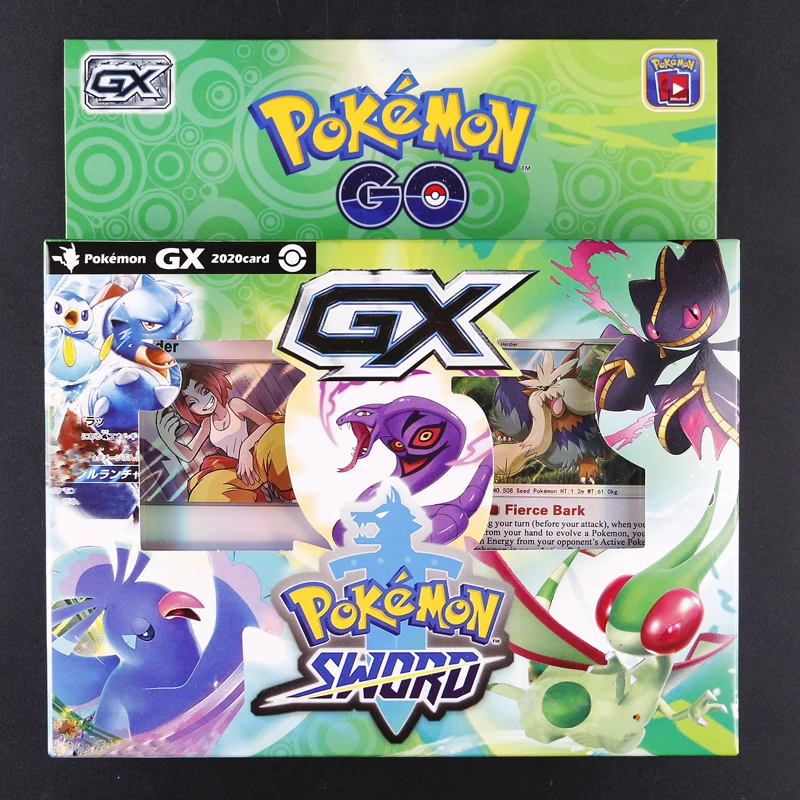
Pokémon can also visit your camp before the cooking is finished. They need to be noticed and caught in time, just by clicking on them. To keep track of pets, there is also the traditional Pokedex, according to which there are at least 150 Pokemon in the game.
Pokemon leveling
The level of the caught Pokemon can be different, as well as its characteristics. Pumping can go simply with a set of experience in battles or with the help of training. This will require a less desirable pet that you can sacrifice. Due to it, you can increase the experience by raising the level, or learn a new skill.
A much more important aspect of improving Pokémon is increasing stats with Magic Stones. They are knocked out in battles and inserted into special cells, which are unlocked with a set of experience. It is they who can increase the attack or health of the pet several times.
Camp
All Pokémon you catch will walk in your camp. There is also a cauldron for cooking dishes, and here you can build various buildings received for completing locations or bought in a store.

 So they expected a significant evolution from Pokemon, which last year’s Pokemon Let’s Go! didn’t bring. At the time, everyone was saying it was just a transition, a quick remake of a Game Boy-era Pokemon classic. And now Pokemon Sword & Shield has come out, and there haven’t been any impressive changes in it either. Although some interesting ideas are still laid down.
So they expected a significant evolution from Pokemon, which last year’s Pokemon Let’s Go! didn’t bring. At the time, everyone was saying it was just a transition, a quick remake of a Game Boy-era Pokemon classic. And now Pokemon Sword & Shield has come out, and there haven’t been any impressive changes in it either. Although some interesting ideas are still laid down.  In between these episodes, the game sometimes recalls the plot, but it is not very interesting — there are very few events and they are spaced far from each other, and there is nothing memorable between them. But the characters are cute — among the trainers there are quite interesting personalities corresponding to their favorite types of Pokemon, and Marnie stands out brightest of all, who has become the object of adoration of Pokemon fans around the world.
In between these episodes, the game sometimes recalls the plot, but it is not very interesting — there are very few events and they are spaced far from each other, and there is nothing memorable between them. But the characters are cute — among the trainers there are quite interesting personalities corresponding to their favorite types of Pokemon, and Marnie stands out brightest of all, who has become the object of adoration of Pokemon fans around the world.  The moments preceding them are also funny, which are simple puzzles or even tests for knowledge of Pokemon. It’s a pity that you can’t change the uniform in the stadiums — although after your victory the loser gives up his suit, you can wear it only in the open world.
The moments preceding them are also funny, which are simple puzzles or even tests for knowledge of Pokemon. It’s a pity that you can’t change the uniform in the stadiums — although after your victory the loser gives up his suit, you can wear it only in the open world. 
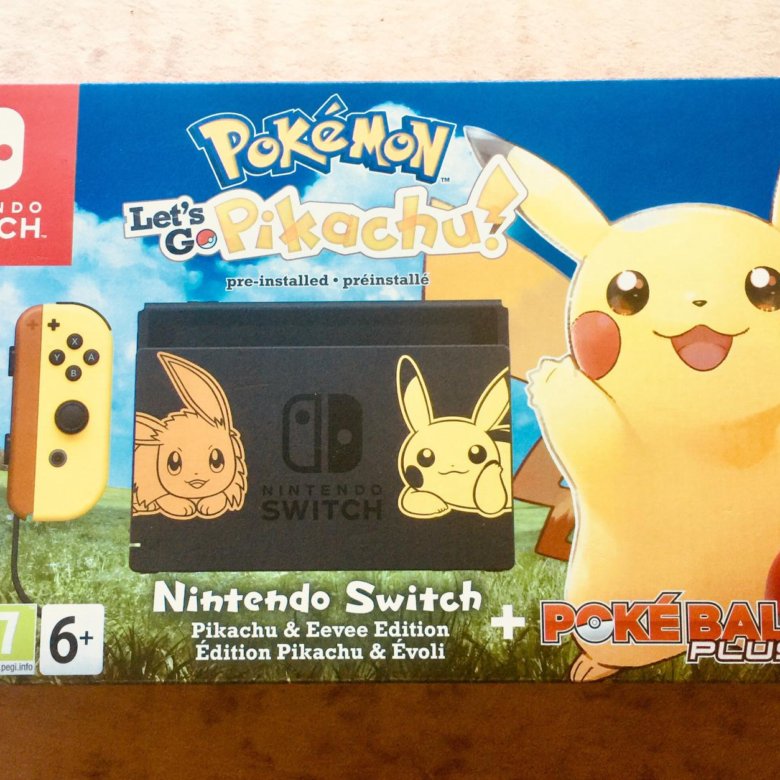 It is not always possible to catch the latter — the more fights in the stadiums you have completed, the more «advanced» Pokémon you can take. But if they are level 45 or 50, then it will take some time to get the animals.
It is not always possible to catch the latter — the more fights in the stadiums you have completed, the more «advanced» Pokémon you can take. But if they are level 45 or 50, then it will take some time to get the animals.  However, whether on the day of release or a week later, it was almost impossible to find partners. Either there are too many monsters, or everyone has already caught everyone, or the players prefer to do everything alone. It’s not difficult, but be prepared for the dumbest AI companions whose Pokémon die after the first attack.
However, whether on the day of release or a week later, it was almost impossible to find partners. Either there are too many monsters, or everyone has already caught everyone, or the players prefer to do everything alone. It’s not difficult, but be prepared for the dumbest AI companions whose Pokémon die after the first attack. 
 The animation seems to be fine… where it is. Not to mention the fact that only half of the Pokémon existing in the universe are collected here, which has become a reason for natural discontent. True, as it turned out, the public still bought 6 million copies in the first week — after all, the game allows you to «collect them all» again. And doing it here is just as exciting as it used to be.
The animation seems to be fine… where it is. Not to mention the fact that only half of the Pokémon existing in the universe are collected here, which has become a reason for natural discontent. True, as it turned out, the public still bought 6 million copies in the first week — after all, the game allows you to «collect them all» again. And doing it here is just as exciting as it used to be.  Especially given the linear locations.
Especially given the linear locations.  Hopefully the next release will be bigger, cooler and prettier, but at this pace of production, it’s just an empty hope.
Hopefully the next release will be bigger, cooler and prettier, but at this pace of production, it’s just an empty hope.